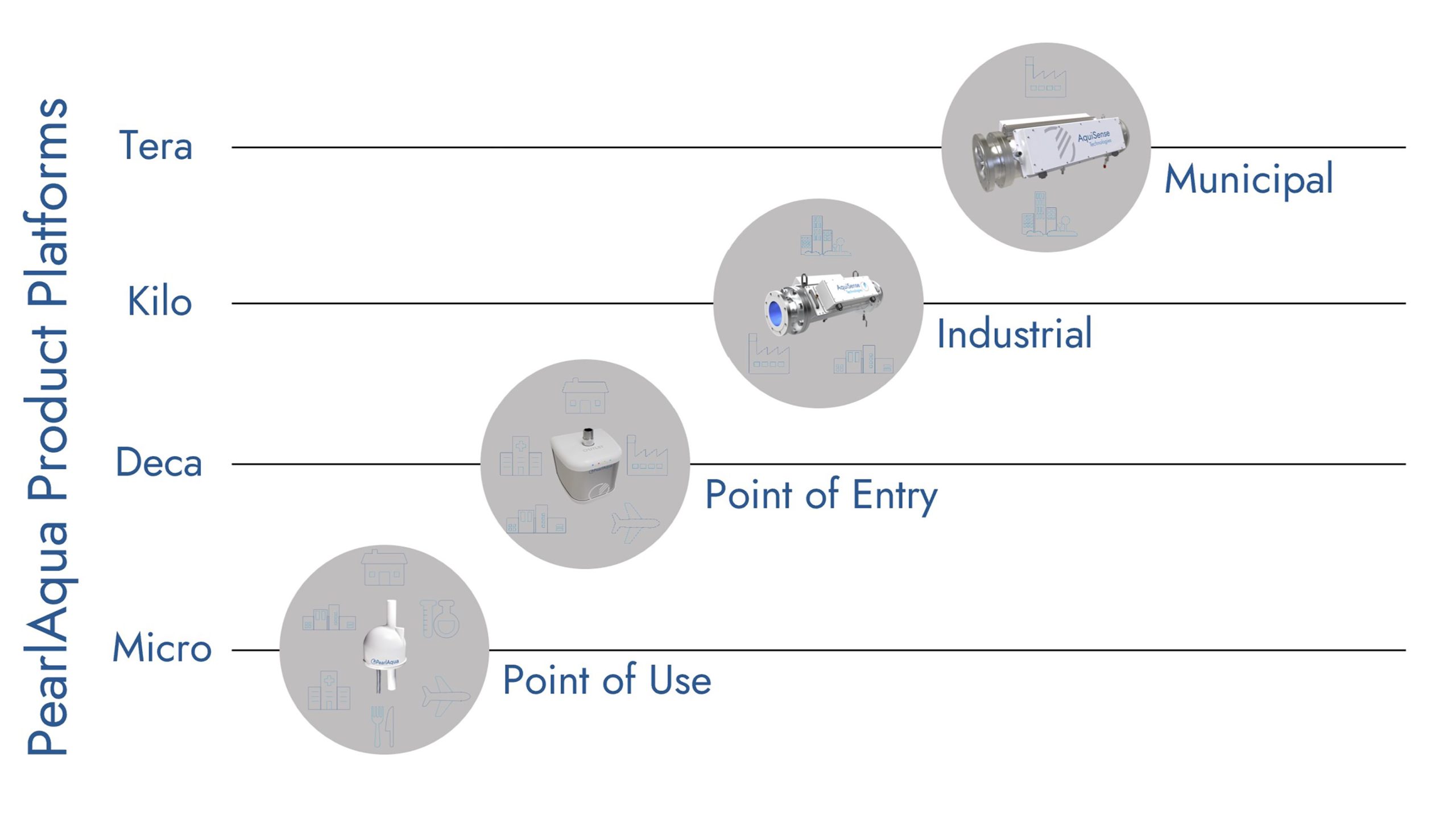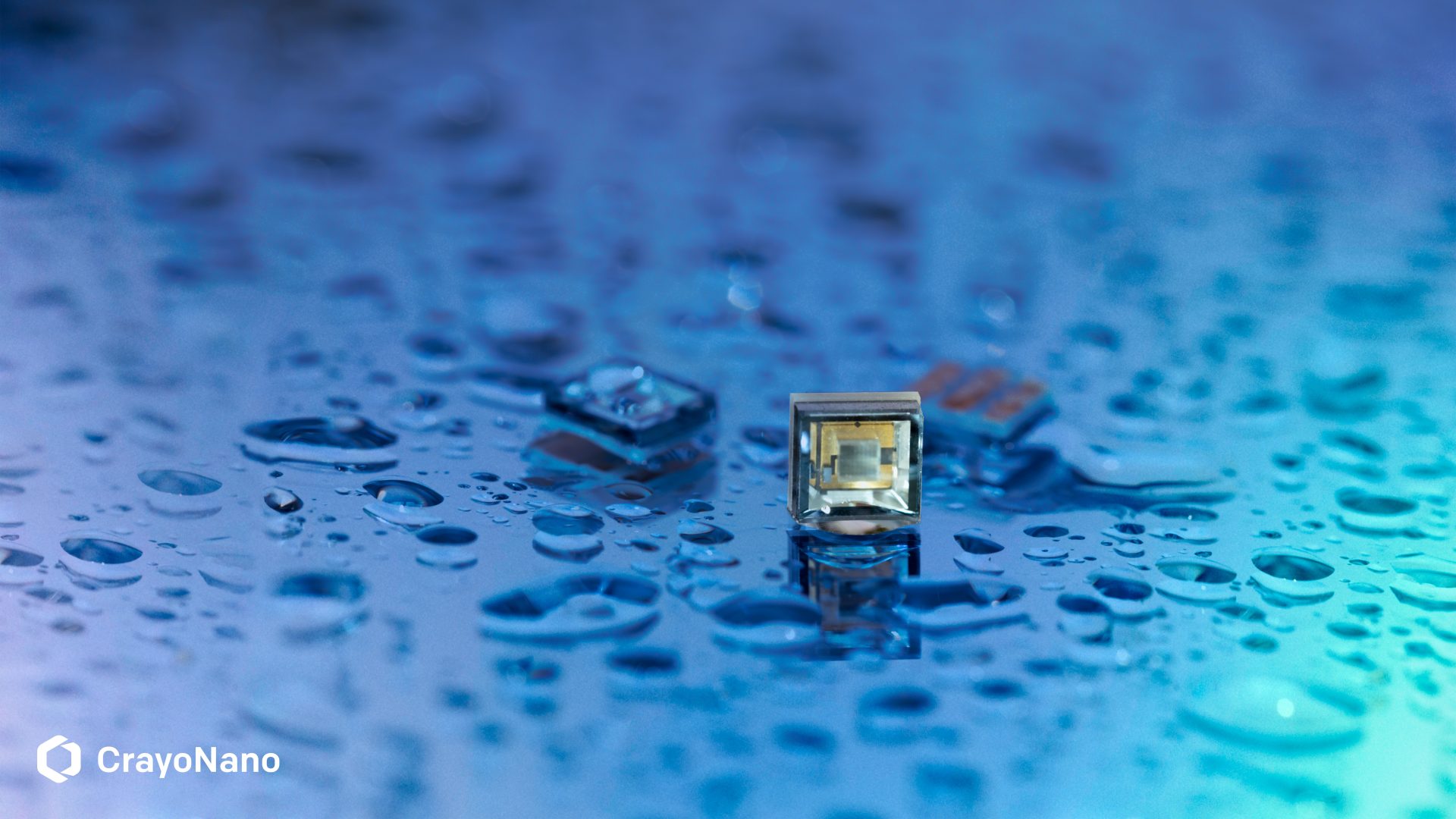Escherichia coli (E. coli) is a type of bacteria that resides in the intestines of humans and animals. Many E. coli strains are harmless to humans but some, such as E. coli O157:H7, are pathogenic, with symptoms of infection ranging from mild diarrhea and abdominal pain to severe kidney damage.
The WHO estimates that around 485,000 people die of diarrheal diseases every year, many of which are directly caused by exposure to pathogenic E. coli.
A common exposure route to E. coli is contaminated drinking water, and better pathogen removal technologies are urgently needed to reduce the risk of infection. One of the main water treatment technologies involves the use of ultraviolet (UV) light to inactivate waterborne bacteria and viruses. UV treatment is an alternative to chlorine disinfection for water that has a low concentration of particulate matter as it generates fewer toxic by-products. As of 2011, there were more than 7,000 municipal drinking water UV-based disinfection installations in the world.
UV treatment has traditionally used mercury vapor lamps, which emit deep-UV light (known as UV-C) that effectively deactivates pathogenic organisms by damaging their DNA and RNA and stopping them from reproducing. Mercury lamps, however, have a number of drawbacks. They need regular maintenance and frequent bulb replacement, energy efficiencies are typically no higher than 35%, and the mercury used for light generation is toxic and requires careful handling and disposal. Under the recent Minamata Convention on Mercury, 140 countries across the world have agreed to reduce or phase-out their use of mercury-based products.
As a result, there is a growing demand for new mercury-free light-sources such as UV-C light-emitting diodes (LEDs), which offer a flexible, durable, and eco-friendly source of pathogen-destroying UV-C light. UV-C LEDs are more robust and can have longer lifespans than mercury lamps and, although typical energy efficiencies are currently up to the 10 % level, they have the potential to go much higher than mercury lamps. UV-C LED water treatment is effective at inactivating a wide range of microorganisms, including bacteria, viruses, algae, and protozoa. UV-C LEDs are more cost-effective and environmentally friendly than mercury-based products, with lower operating costs and easier disposal.
Several companies offer UV-C LED based products for treating drinking water, wastewater, and other water supplies. AquiSense Technologies is the world’s leading supplier of UV-C LED water-treatment products, with multiple product offerings under the brand name PearlAqua that span the full range from small point-of-dispense applications (like water fountains) to large industrial and municipal applications. The PearlAqua Micro platform includes a range of small-scale systems for point-of-dispense and point-of-use applications that can be used to treat water at low flow rates, while the PearlAqua Deca platform provides intermediate-sized systems geared towards the point-of-entry into homes, apartments, and larger RVs. The largest platforms, PearlAqua Kilo and Tera, cater for industrial and municipal water treatment.

UV-C LEDs are already a critical element of AquiSense Technologies’ commitment to sustainability and improving global water quality. However, as UV-C LED technology matures and performance improves, AquiSense Technologies see opportunities to greatly expand its product offerings.
CrayoNano is a UV-C LED manufacturer that has set its sights on developing a new generation of UV-C LEDs that can generate more light with higher efficiencies and increased operating lifetimes and reliability. With an output power of 100 mW and a lifetime of more than 10,000 hours, the CrayoLED is one of the highest quality UV-C LEDs on the market.
The CrayoLED specifications and performance is a flexible and scalable platform that is suitable for a wide variety of products, ranging from small point-of-use devices based on discrete LEDs to large-scale systems for high-volume water treatment based around large banks of LEDs. Their compact form-factor and high degree of configurability allow CrayoLEDs to be retro-fitted into environments where bulky and fragile mercury lamps could not be employed, e.g. water faucets.
By working together, device manufacturers such as CrayoNano and system integrators such as AquiSense Technologies have an opportunity to develop new innovative products that could transform the efficacy of light-based disinfection.



